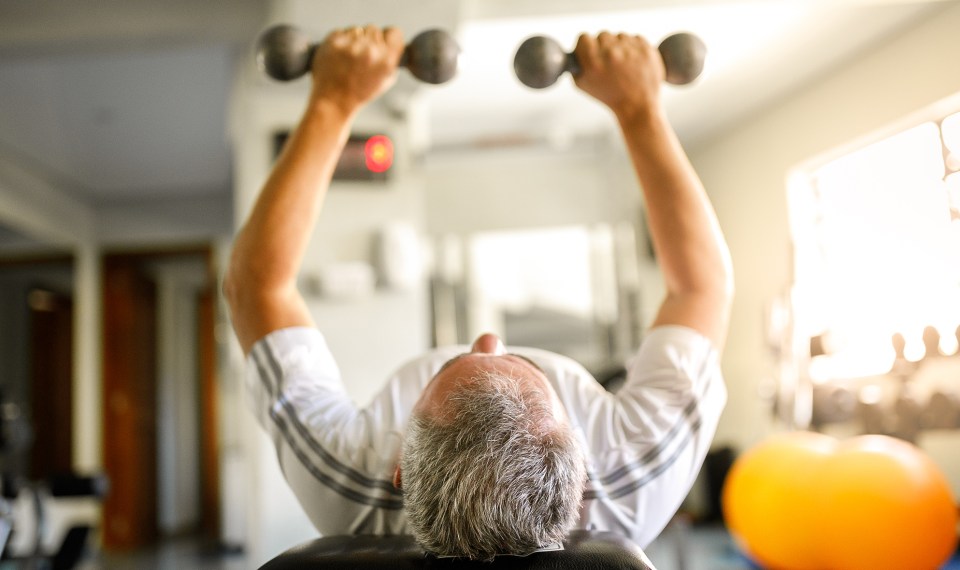Yoga is known to be beneficial for a variety of conditions, and that includes mental health. The ancient practice can help with stress, depression, anxiety and other mood and self-esteem issues.
Using the principals of yoga can help achieve both mental and physical balance and can alleviate the physical tension associated with it.
How can yoga can help?
The practice of yoga teaches and emphasizes deep diaphragmatic breathing, known as yogic breath. This stimulates the nervous system, reduces cortisol levels and increases serotonin levels, all of which can lift emotional mood. Studies show that there is even evidence of improvement in overall neurotransmitters levels to regulate your mood.
Those suffering from depression often have poor posture—sunken chest, forward head, clenched jaw. The physical postures in yoga strengthen the core musculature while lengthening the shortened tissues to promote a neutral spine position. Those suffering with depression also have habitual unhealthy thought patterns and unresolved conflicts that are anxiety provoking. Yoga emphasizes the control of the five senses with mindfulness and a reduction of mental activity.
Other mental health benefits of yoga include:
- Self-awareness: Yoga promotes self-awareness and learning about what creates stress and tension. The practice of yoga can help you learn how to detach from negative thoughts long enough to begin to see things more clearly. It teaches you to disengaging from the outer world and vulnerable life situations.
- The practice of acceptance: Yoga encourages you to be OK with who you are at the present moment—not dwelling on the past or desires of the future.
- A heighten bodily awareness: The different postures and breathing can help you find where you hold tension and give you the confidence to trust the inner wisdom of your physical body and listen to its subtle messages to make changes and modifications
- Improved physical posture: Yoga can improve your posture with shoulders back, head and chest lifted, which allows for better breathing capacity and efficiency
How to get started with a yoga practice
Diaphragmatic breathing practice: Move away from the quick/erratic breath with the accessory muscles of the chest. Educate yourself on the anatomy of the diaphragm and the importance to work the muscle to its fullest; then focus on lengthening exhale.
Coordinate movement with the breath to increase bodily awareness: Improved posture allows the diaphragm more space to expand to its fullest. Once able to breathe deeply, it effects your physiological (create flexibility and expand joint spaces) and mental state (shifting of front section of the brain from the right to the left, which improves mood).
Yoga postures and practices to consider:
- Backbends increase energy to overpower the agitation of the mind and create room for the diaphragm to expand
- Downward dog works resistance for the diaphragm muscle
- Grounding posture (standing with both feet on the ground) promotes energy for perseverance in achieving a goal while keeping the mindful chatter to a minimum.
- Opening postures improve posture and promote visualization of extending through periphery; this gives a sense of freedom/liberation from mental entrapments.
- Meditation with your eyes open to not to overwhelm the senses if you are overly anxious. Use a soft gaze to visually focus on a non-moving object. Focus on the movement of the inhale and exhale, or use a self-compassion practice focusing on words of positive affirmations repeated. To deepen the practice, you could also try to maintain internal focus at the third eye located in the center of the forehead. Stay for five minutes or longer. In the long run, meditation can be the most rewarding and most powerful stress reduction techniques of all.
The content of this site is for informational purposes only and should not be taken as professional medical advice. Always seek the advice of your physician or other qualified healthcare provider with any questions you may have regarding any medical conditions or treatments.




